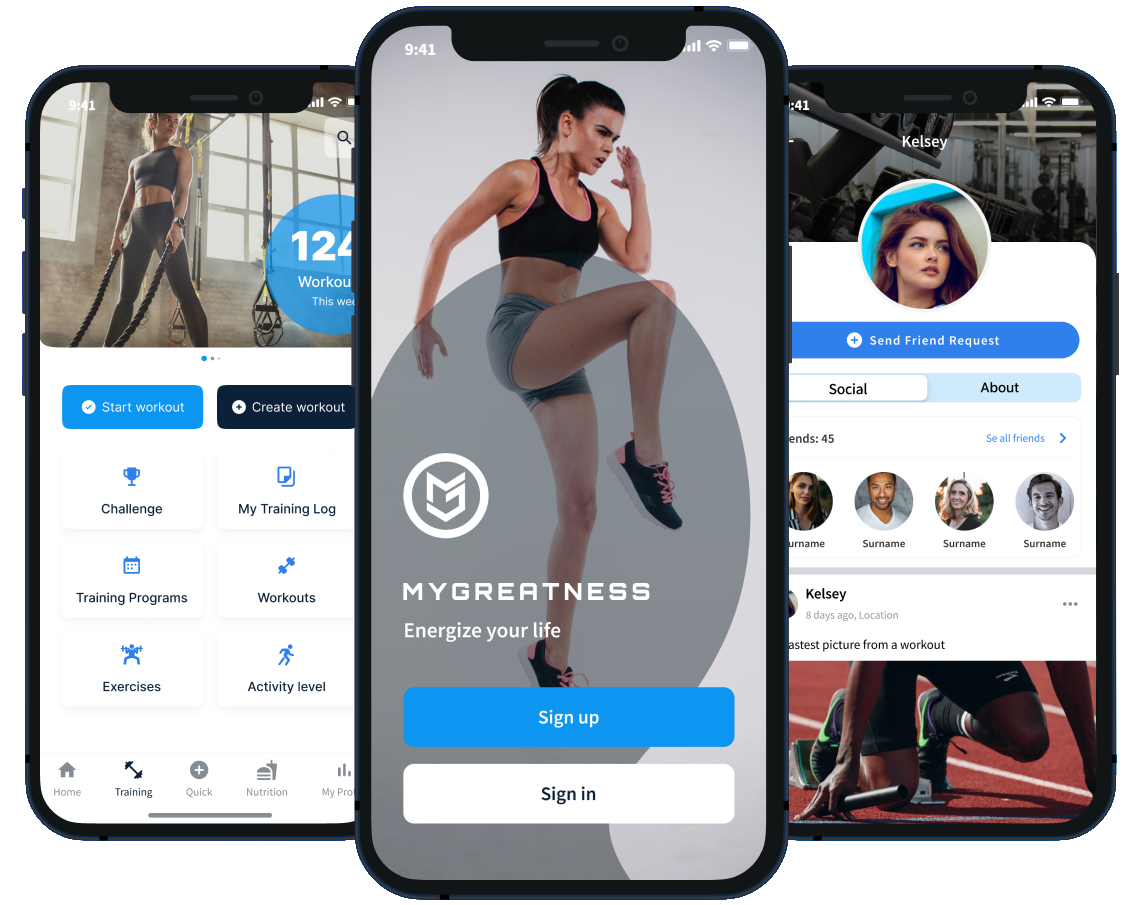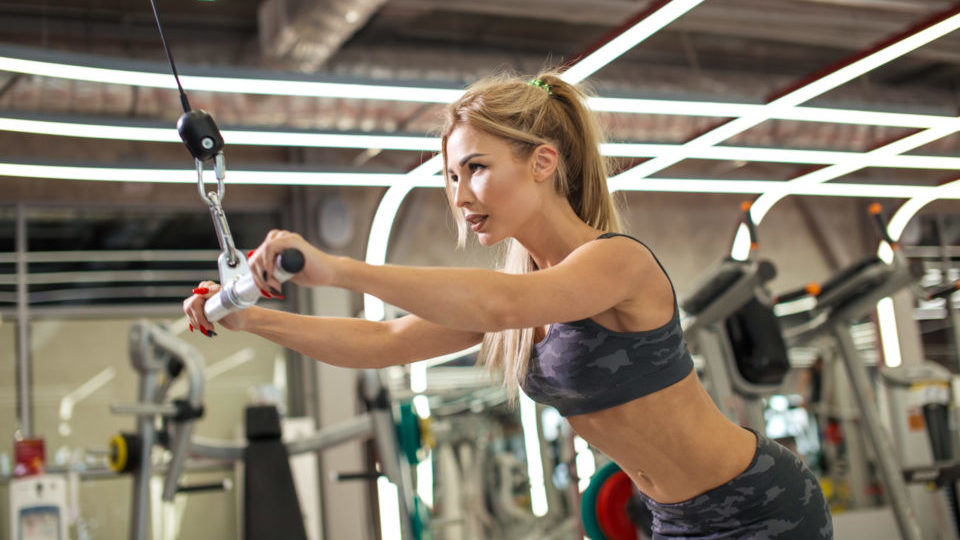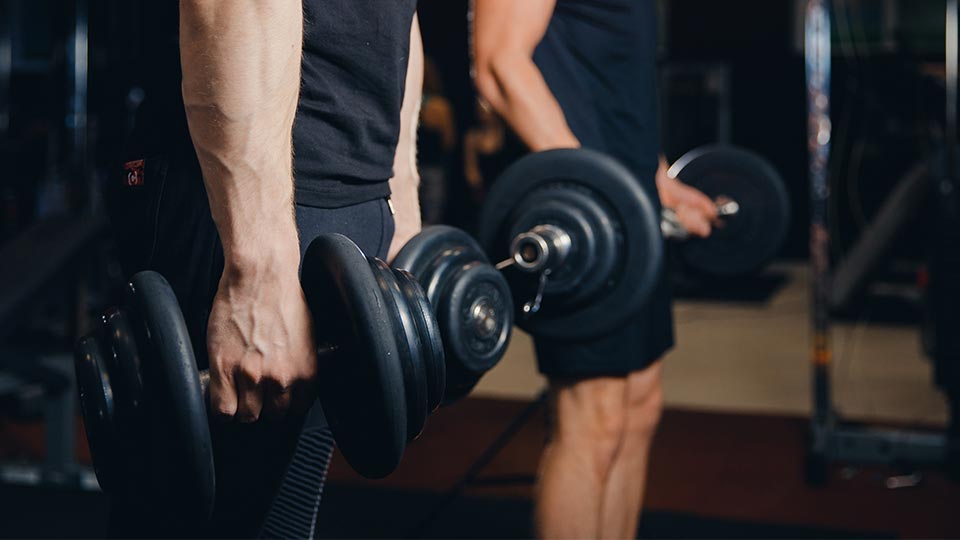Why Should You do Seated Cable Row?
A good simple exercise for the back suits beginners, but even experienced strength-trainers should run Seated Cable Row since it gives good results. Your biceps will also have to work a little in the exercise, but we want to minimize this as much as we can; it is a back exercise. Because you perform the exercise in a machine with fixed footrests and a cable, it will be pretty easy to perform, but there are a few essential things to keep in mind:
- Have as long a trajectory as possible for your elbows; they should pull the weight as long as possible
- Stretch the back muscles forward and contract them backward
- Do not create momentum and swing your upper body
- Do not pull the weight with your arms but start the movement with your back.
Exercise Details for Seated Cable Row
-
Primary MuscleMiddle back, Lats
-
Secondary MuscleTraps, Biceps , Lower back, Rear Delt
-
EquipmentCable
-
LevelEasy
Performance
Sit on the cushion with your whole feet on the footrests. Your knees should be bent, and your back should be in a neutral position throughout the exercise; even when you bend forward, never bend your back. Grab the handle and with straight arms, pull back your shoulders and push your chest forward. Your back should be vertical to the floor; it can lean extremely slightly backwards. You are now in start mode.
Let the shoulder blades pull forward and feel how the back muscles are stretched out before you start the movement backward. Keep in mind that it is the back that should pull the weight, not your biceps. Therefore, start the movement backward by pinching your shoulder blades together, pulling your shoulders back, and pushing your chest forward. Then pull the handle towards your stomach. Perform the movement with your elbows; they should end up as far behind the body as possible. Do not lean back with your upper body as it limits your elbows to the back of the body, and the movement becomes shorter and worse. Stay in a vertical position with your back or extremely slightly tilted backward. When you have pulled the handle as far towards the body as you can, you hold in the top position and press your shoulder blades together to the max. Hold for a few seconds before slowly moving the weight forward, and make sure to go all the way ahead with your arms so that your shoulder blades are pulled forward. Do not lose contact with the muscles even if you are moving far forward; otherwise, your elbows may take all the load, and they may be injured.
You can lean your upper body forward to get an extra stretch in your back muscles. Just remember to first contract the shoulder blades before moving your upper body or arms back. You should also not rock the body at high speed back and forth and create a lot of kinetic energy because it removes the load on the muscles you want to load. Perform the movement back and forth slowly and in a controlled manner. Stop in a vertical position with your upper body.
Wider Bar for the Middle and Upper Back
If you have a wider bar, the muscles between your shoulder blades, Rhomboids, and your upper back muscles, Trapezius, will take over the load more. If you use a prone grip, overhand grip, the same muscles will take over even more. It also becomes more natural to pull the bar higher up towards the sternum if you have a prone grip, and this will strain the upper back muscles even more. If you want to shift focus from Lats to Rhomboids and Traps, then you should:
- Use a wider grip
- Go from a neutral grip (such as when clapping your hands) to a prone grip (overhand grip with the palms of your hands, in this case, facing the floor )
- Pull the bar higher up towards the chest instead of the abdomen
- Your elbows will automatically be angled away from your body by point 1-3
Tips for Seated Cable Row
- Perform the exercise with Full Range of Motion
- Stretch the back muscles completely forward before pulling back the weight
- Make sure your back is always in a neutral position, never curved, even if you are leaning forward
- The back should pull the weight back, start the movement by pinching your shoulder blades together. Otherwise, you will perform the exercise with your biceps
- Pull back your shoulders and push your chest forward as you pull back the handle
- Drive the movement backwards with your elbows that should end up behind your back
- Do not lean back with your upper body; it should stop in a vertical position. You prevent your elbows from going behind your body otherwise
- Squeeze your shoulder blades completely in the top position and hold for a few seconds
- Slowly lower the weight
- It is perfectly ok to lean forward slightly to stretch your back before the starting position.
- Do not swing your upper body to create kinetic energy; move it slowly
- Do not lose muscle contact; in that case; your elbows will take the entire load, which might cause injury
- You train the muscles between your shoulder blades and the upper muscles of the back more if you run with a wider grip. A pronounced grip also increases this effect. Also, pull the bar higher up towards the chest for more training of the upper back muscles.






